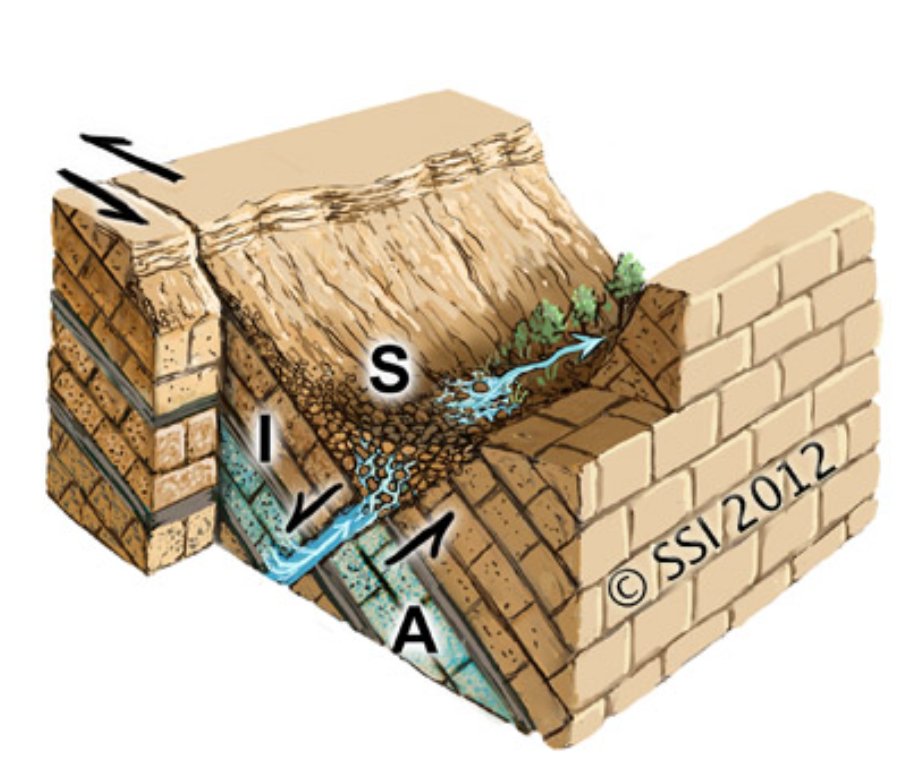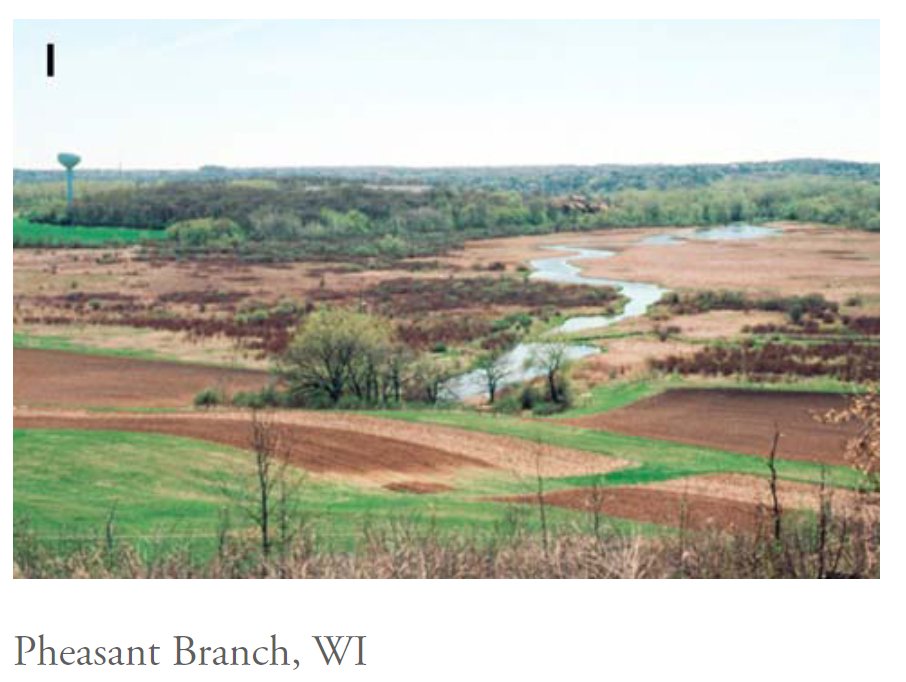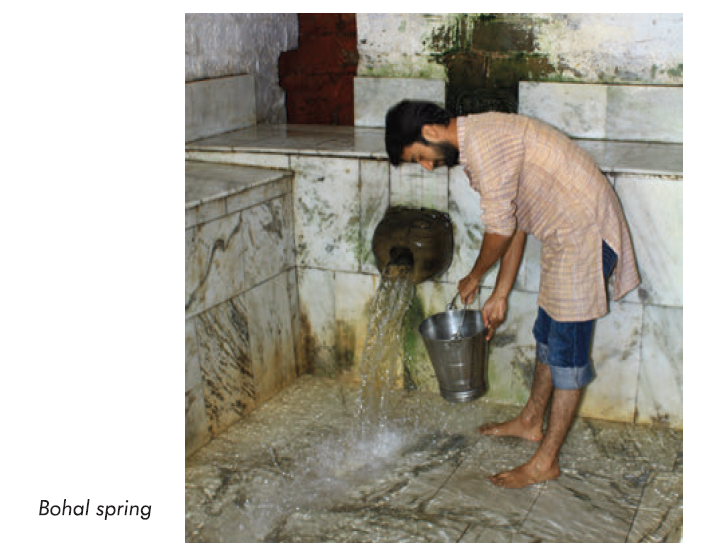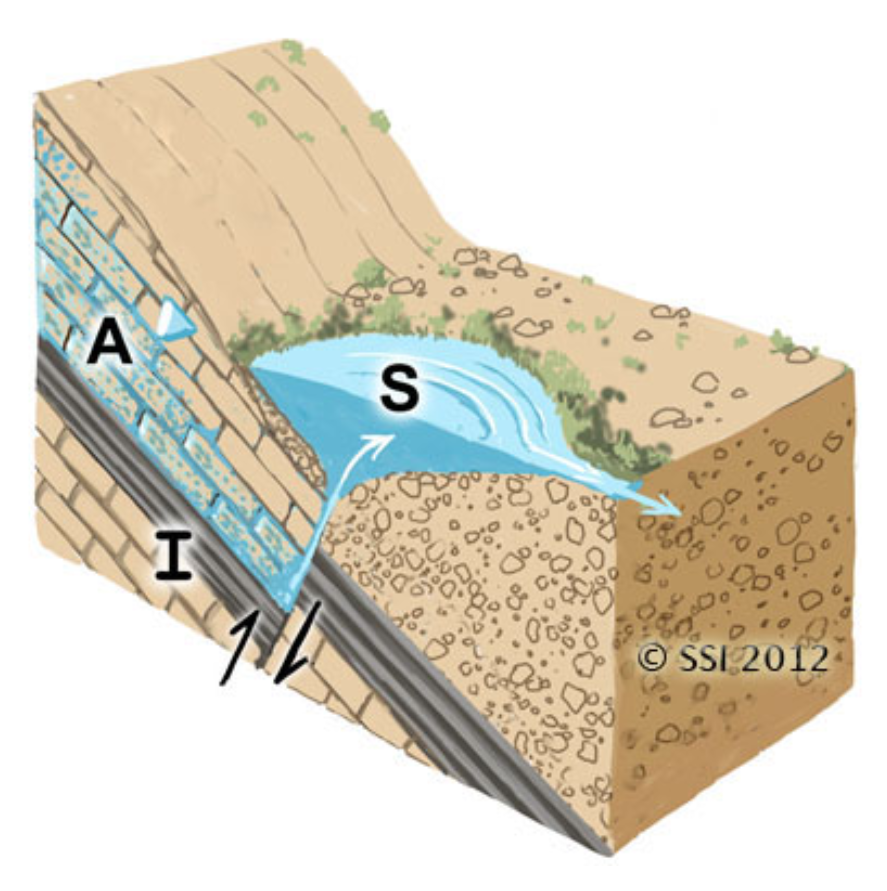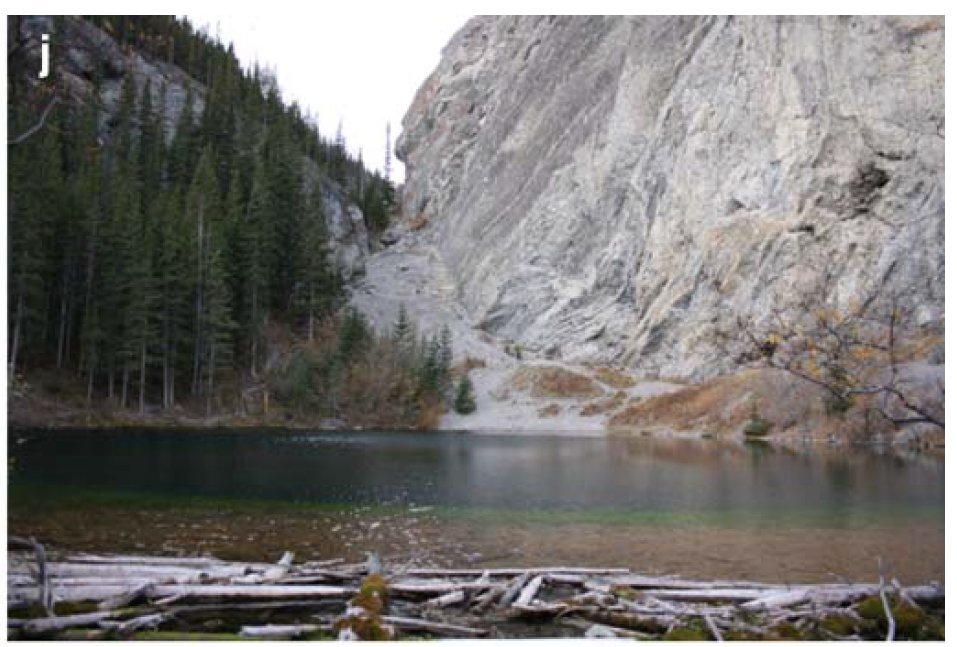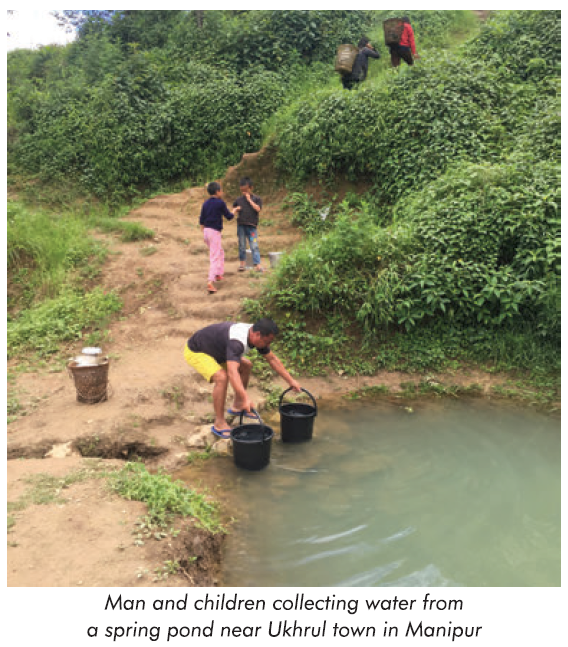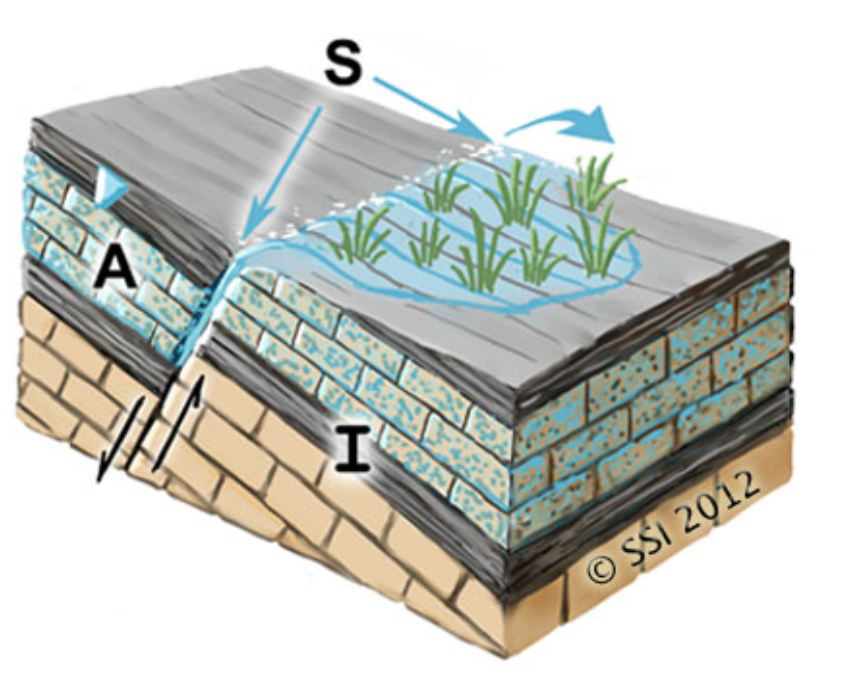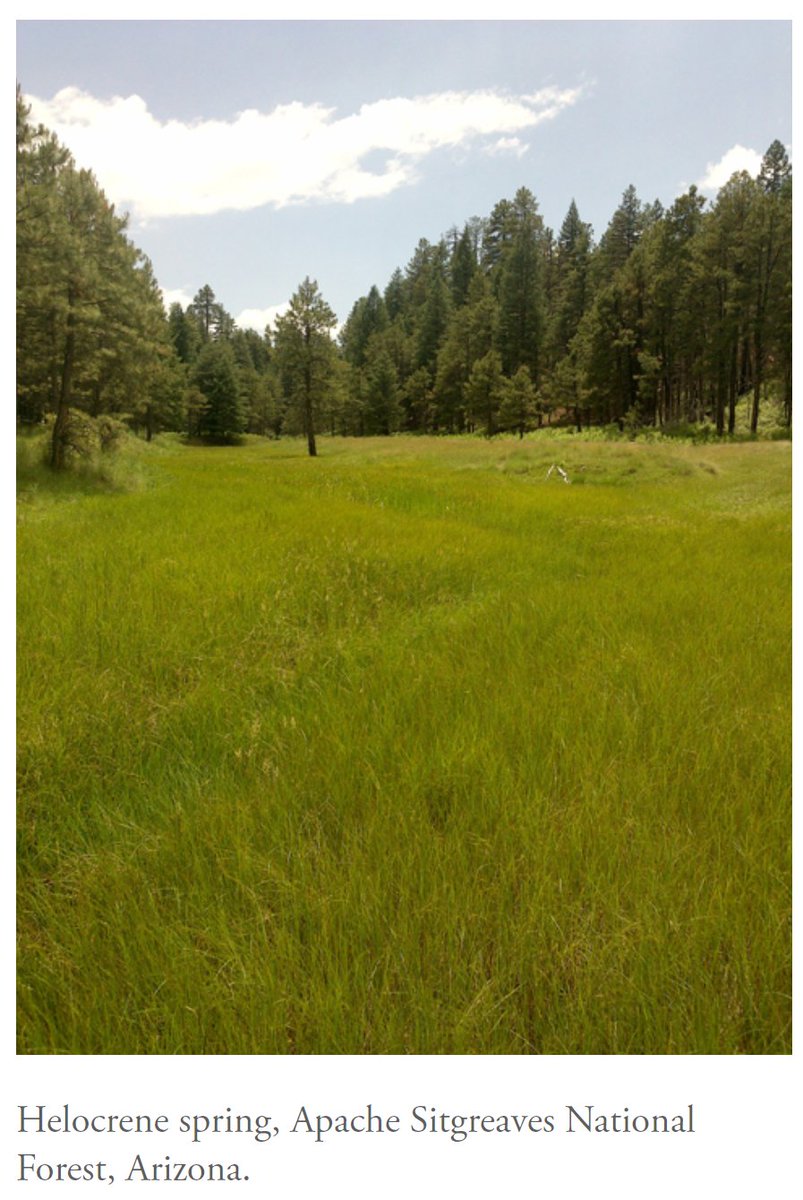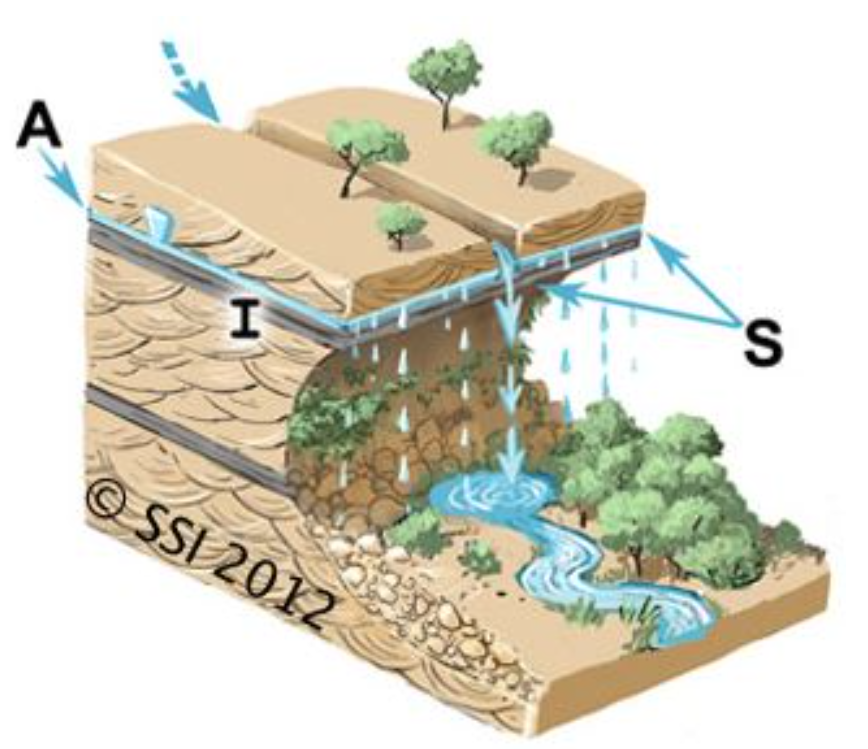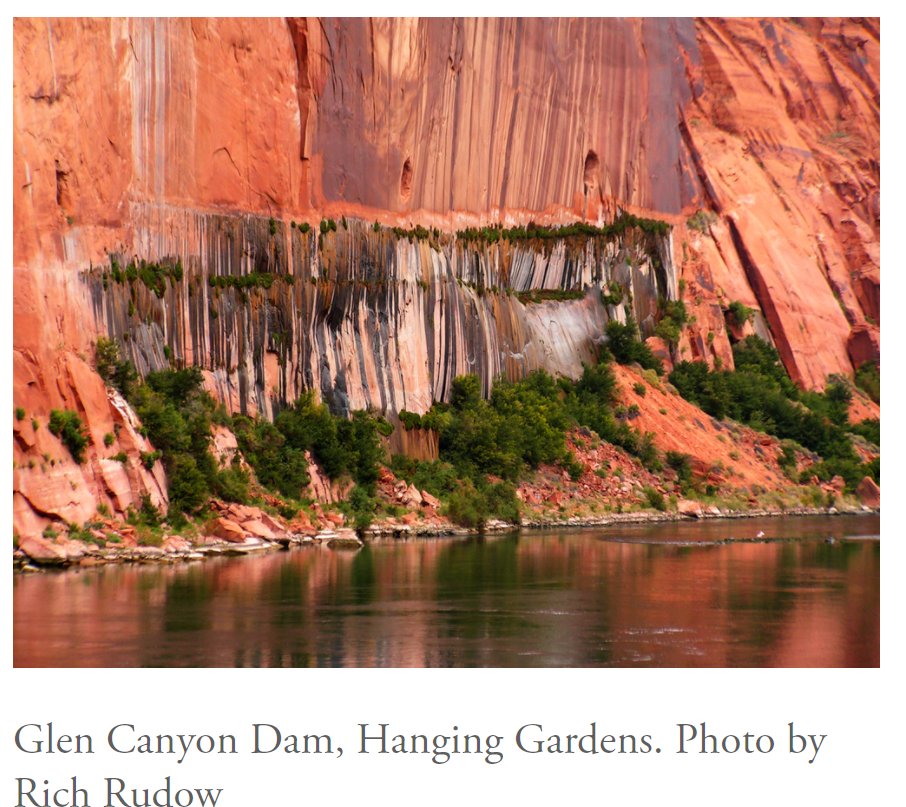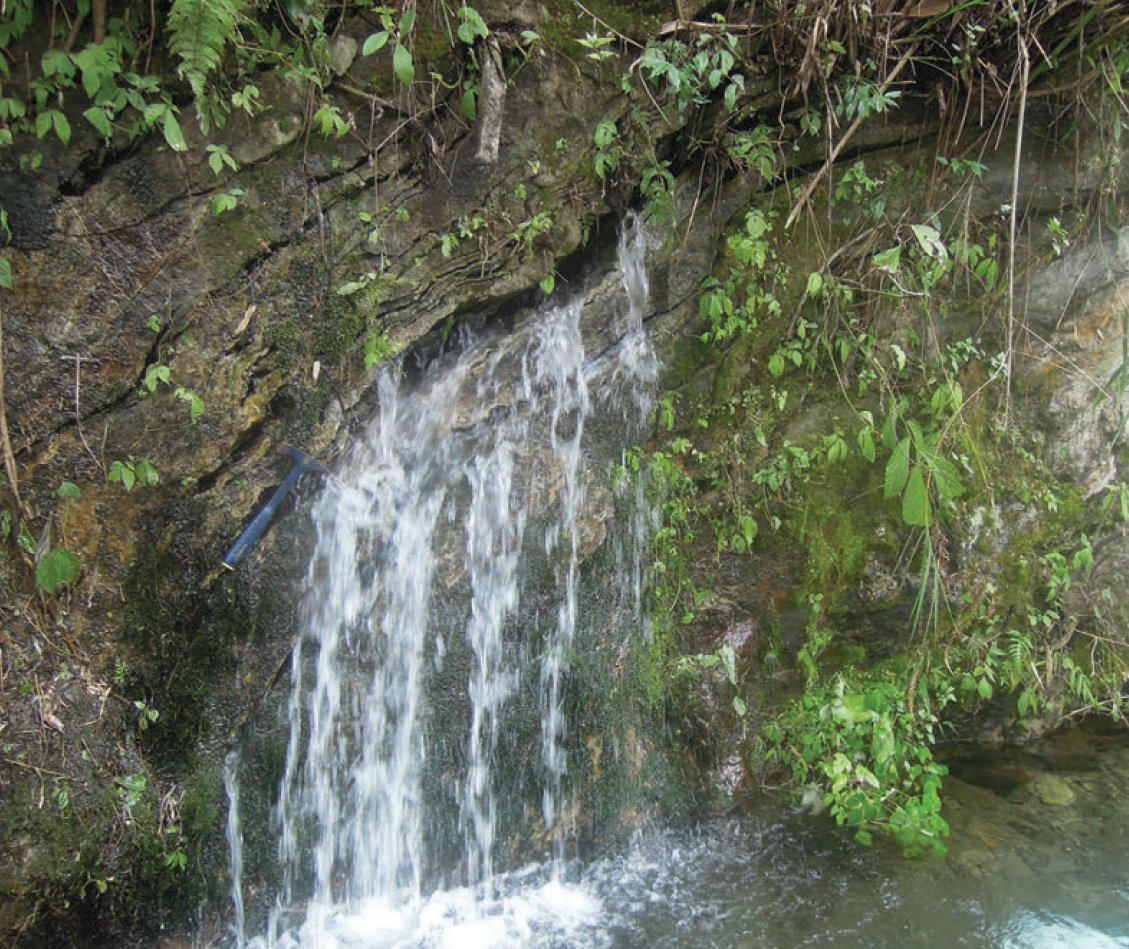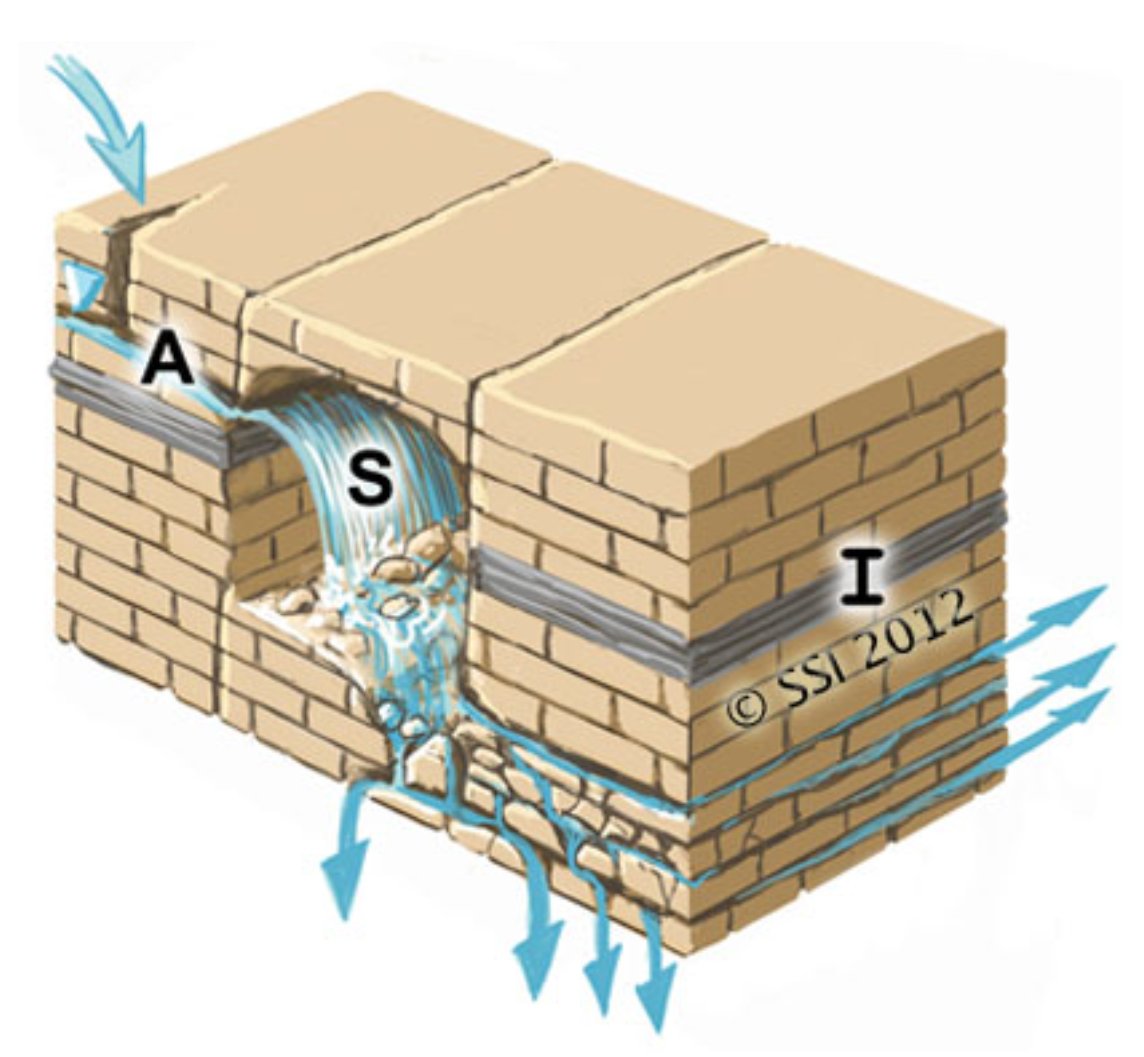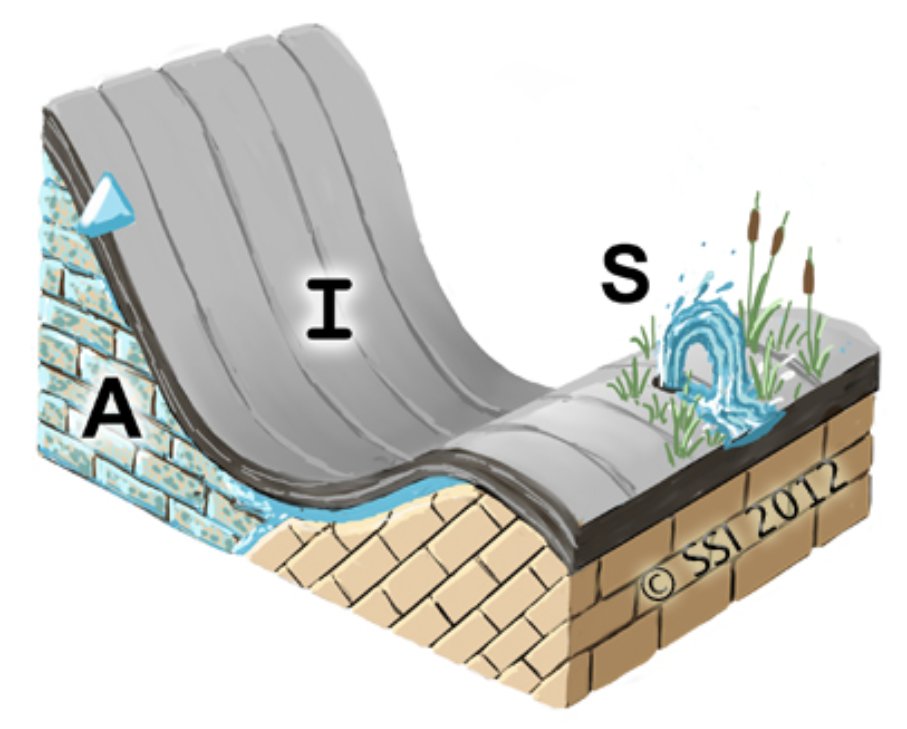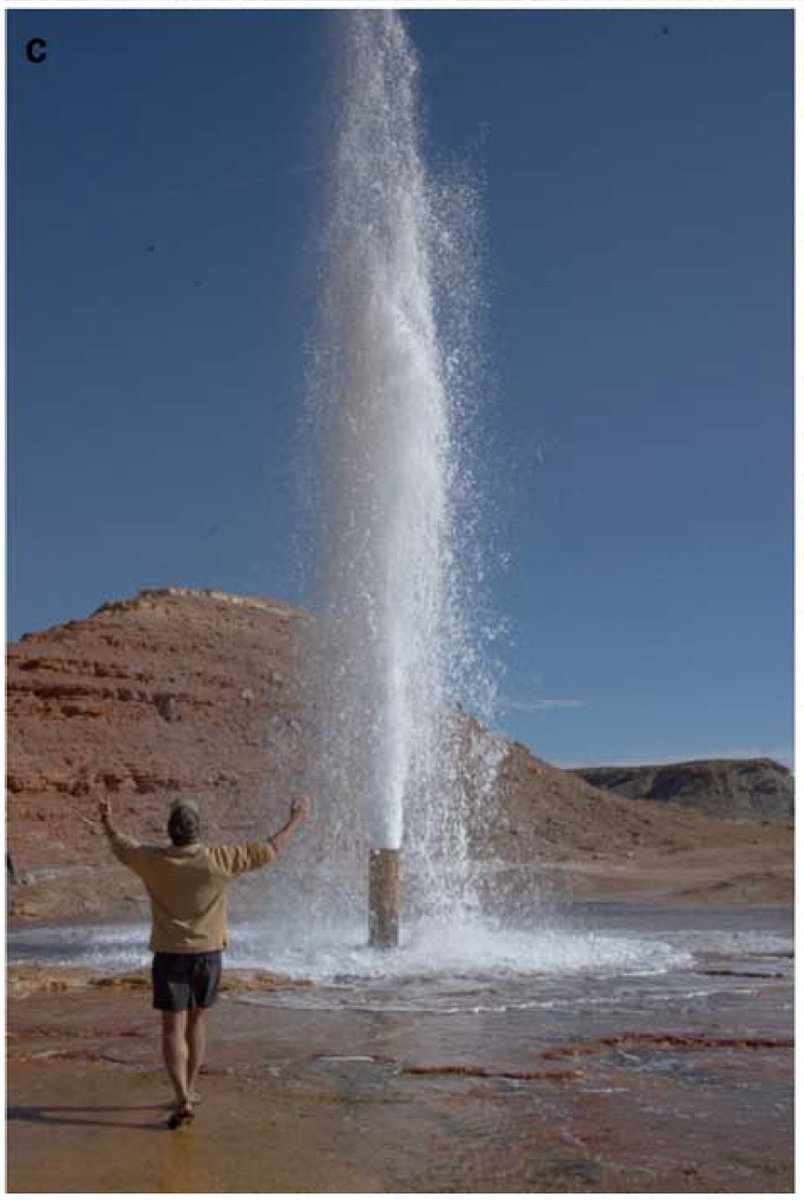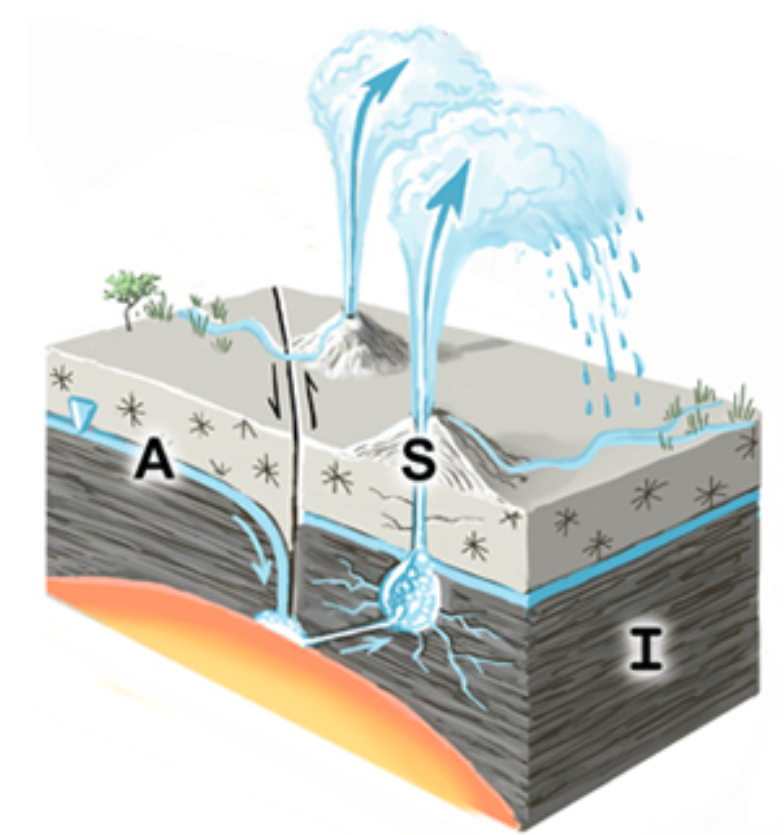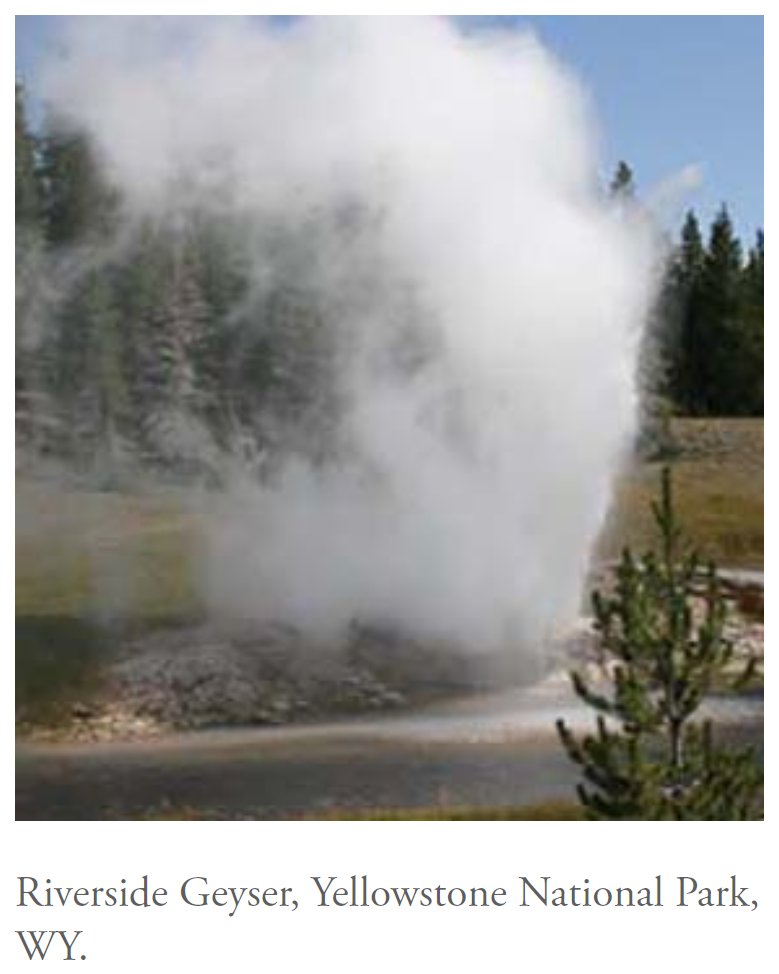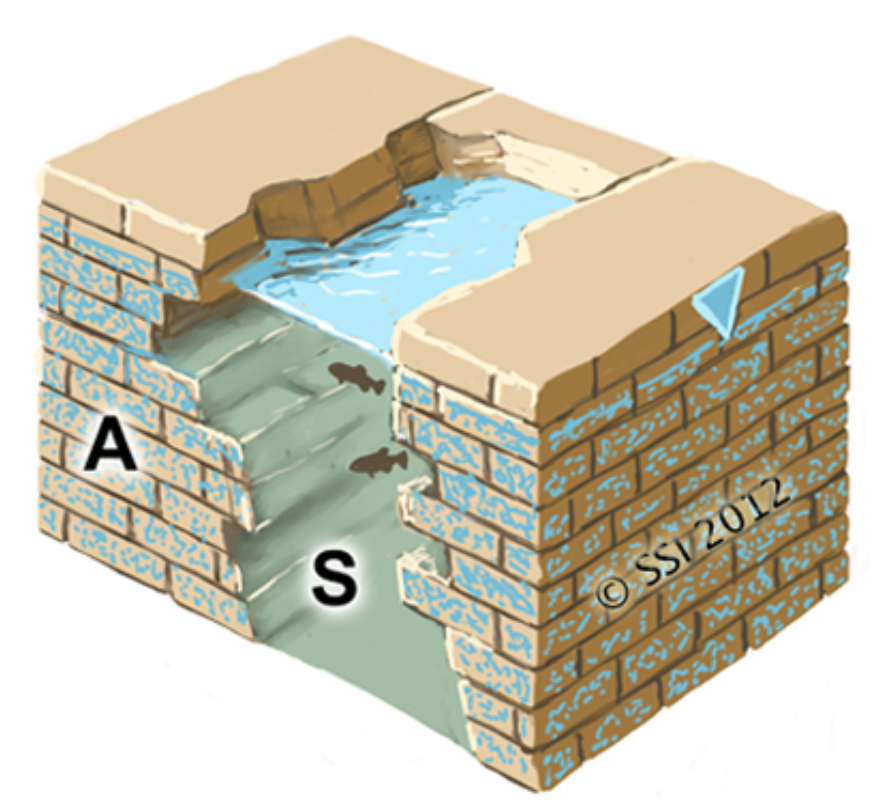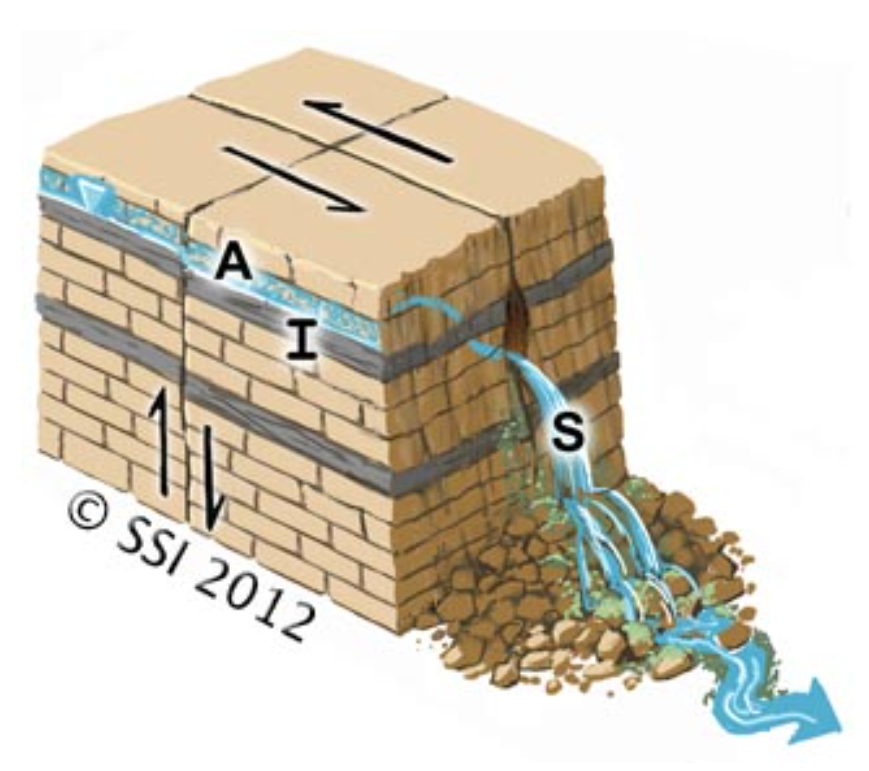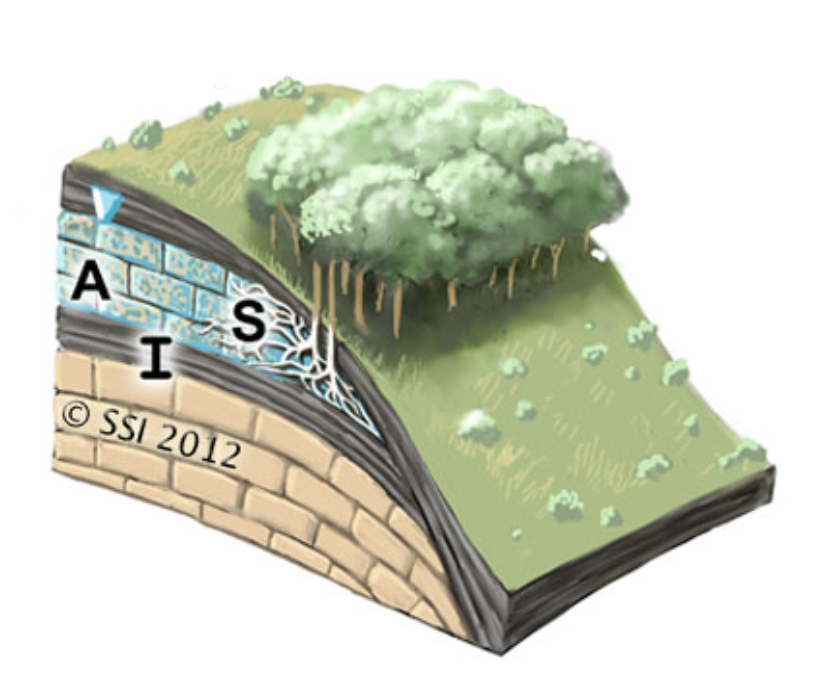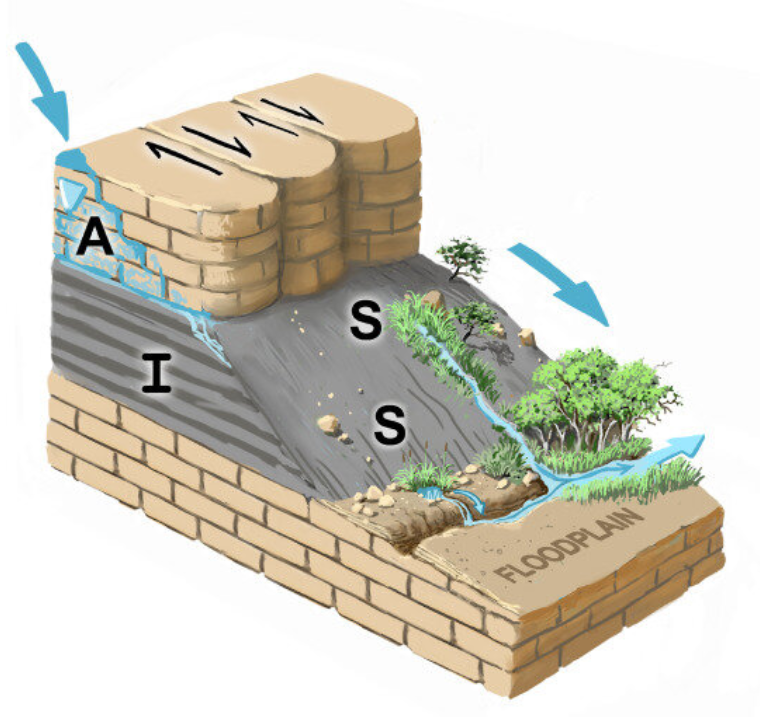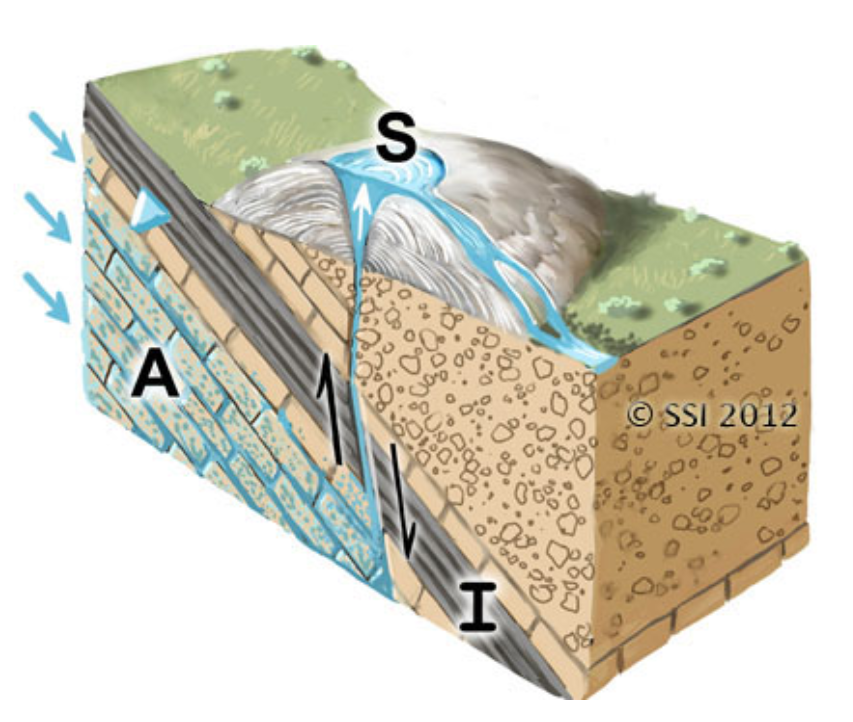SPRINGS are impressions of the geologic past, profoundly affecting the present, by providing surface water.
But do you know the different types of springs? Here's a typology by Spring Stewardship Institute:
1. Rheocrene: Groundwater supported streams. Abundant flowing water.
+
But do you know the different types of springs? Here's a typology by Spring Stewardship Institute:
1. Rheocrene: Groundwater supported streams. Abundant flowing water.
+
2. Limnocrene: Groundwater supported lakes.
In all figures note the interaction of recharge-supported aquifers coming up against impermeable layers resulting in springs.
Legend for all: A = Aquifer, I = Impermeable layer, S = Spring
Photo: Grassi Lake, Alberta, Canada
+
In all figures note the interaction of recharge-supported aquifers coming up against impermeable layers resulting in springs.
Legend for all: A = Aquifer, I = Impermeable layer, S = Spring
Photo: Grassi Lake, Alberta, Canada
+
3. Helocrene: Groundwater supported Wetlands. Slow seeping discharge.
Unlike the clear deep lakes formed by Limnocrene, these are shallow and chemically loaded.
This classification system has a long history culminating in Springer and Stevens (2009)
+
Unlike the clear deep lakes formed by Limnocrene, these are shallow and chemically loaded.
This classification system has a long history culminating in Springer and Stevens (2009)
+
4. Hanging Garden: Groundwater supported seeps along cliff walls.
These are often supported by perched aquifers (not the regional water table).
All Indian pictures from ACWADAM-IHCAP Springs report. (Here: Unnamed spring from Sikkim)
+
These are often supported by perched aquifers (not the regional water table).
All Indian pictures from ACWADAM-IHCAP Springs report. (Here: Unnamed spring from Sikkim)
+
5. Caves: Emergence of water within a cave environment.
Lots of speciation due to geographic isolation. Cave springs are the archetype, but other spring types are also great microhabitats. Spring management can stem the ongoing mass extinction.
+
Lots of speciation due to geographic isolation. Cave springs are the archetype, but other spring types are also great microhabitats. Spring management can stem the ongoing mass extinction.
+
6. Fountain: Cool water outburst, under pressure from confined aquifer.
Picture: Crystal "Geyser", Utah
7. Geyser: Hot geothermal steamy outburst. Rarely is the heated mantle so close to the surface. Only ~400 outside Yellowstone National Park (which alone has 600!).
+
Picture: Crystal "Geyser", Utah
7. Geyser: Hot geothermal steamy outburst. Rarely is the heated mantle so close to the surface. Only ~400 outside Yellowstone National Park (which alone has 600!).
+
Other typologies, if you are still interested:
8. Exposure: Sinkholes with unconfined aquifer exposed
9. Gushet: A stream flowing out of a cliff wall of a perched, unconfined aquifer
10. Hypocrene: Very Low discharge where flow does not reach the surface, supports vegetation
+
8. Exposure: Sinkholes with unconfined aquifer exposed
9. Gushet: A stream flowing out of a cliff wall of a perched, unconfined aquifer
10. Hypocrene: Very Low discharge where flow does not reach the surface, supports vegetation
+

 Read on Twitter
Read on Twitter